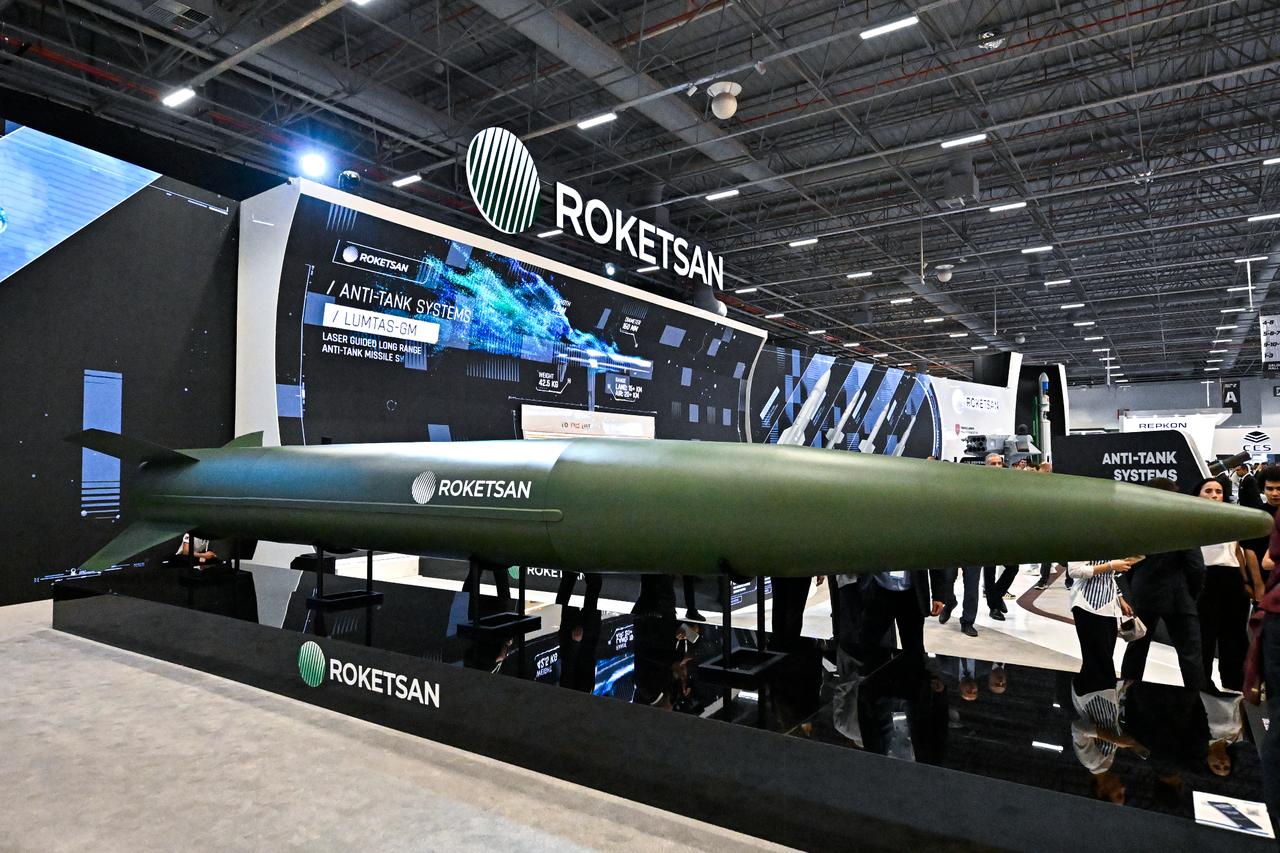
The year 2025 has become a pivotal moment for Türkiye’s defense industry. Held at the Istanbul Exhibition Center, IDEF 2025 was more than just a showcase of technological achievements—it emerged as a strategic stage where Türkiye’s position in the international defense arena was redefined.
There are many entirely domestically engineered and produced new products that stand out, not only for their technical capabilities but also for the strategic messages they conveyed.
These systems, spanning land, air, sea and space, significantly enhance Türkiye’s deterrence, reach and control capabilities.
In this comprehensive report, we take a closer look at how selected products came to be, the strategic needs they address, and the expertise behind their development—before diving into their technical features.
Because a weapon system is more than just a pile of metal, it embodies vision, experience and the future.
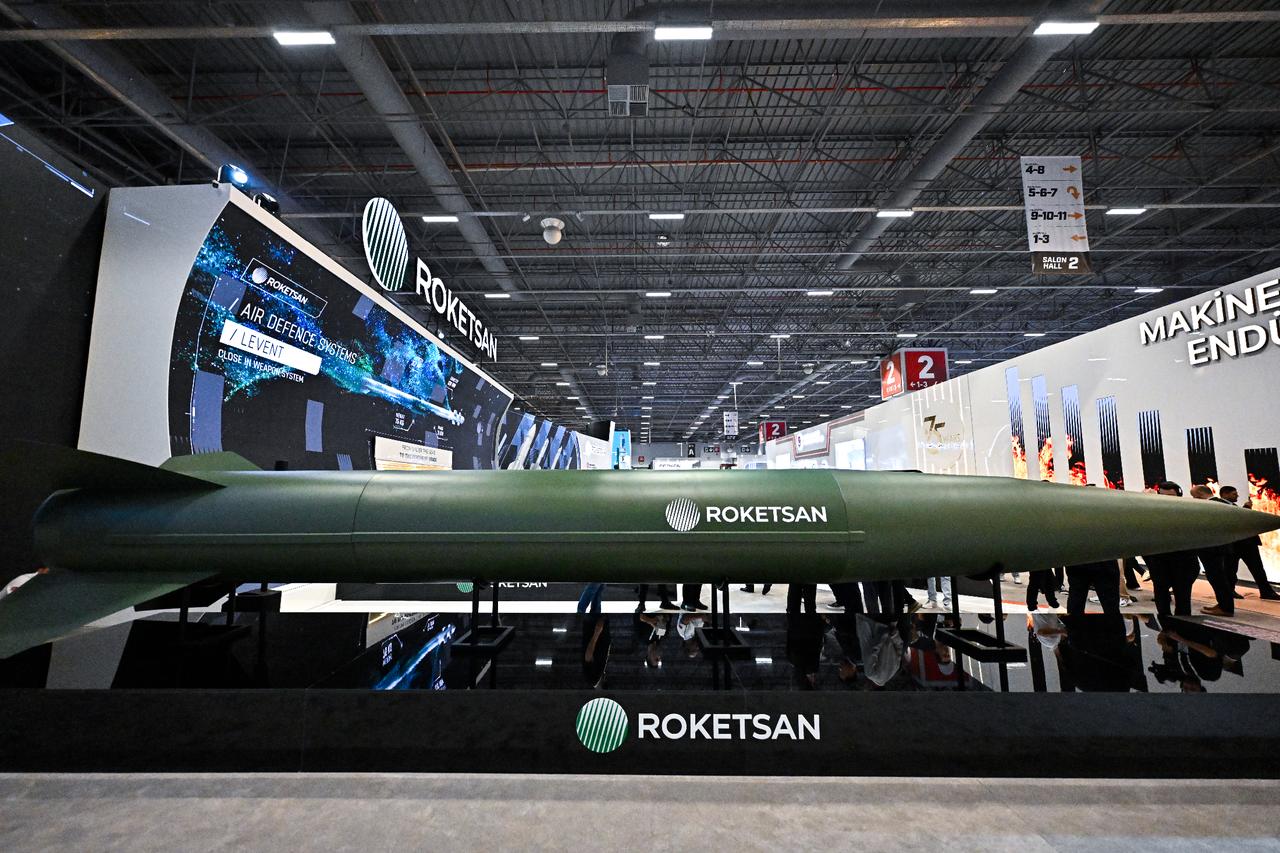
Türkiye launched the Tayfun (Typhoon) missile series in the early 2020s to enhance its ballistic missile capabilities.
For the Block-4 version, a dedicated research and development effort was initiated, involving key defense organizations including Roketsan, Tubitak Sage and Aselsan.
A breakthrough came with the development and integration of ramjet technology, allowing the missile to achieve hypersonic speeds.
In early 2025, a test launch from Rize-Artvin Airport successfully destroyed a maritime target in the Black Sea, demonstrating the system’s operational capability.
The missile passed a three-stage validation process in domestic test platforms, verifying navigation accuracy, speed stability and terminal guidance precision. Data protocols comply with NATO STANAG standards.
Plans include vertical launch tests from naval platforms in 2026 and R&D on an electromagnetic accelerator version for TAYFUN Block-5.

Following the success of NEB-1, the NEB-2 project was initiated in 2023 by the Ministry of National Defense’s R&D department to achieve higher penetration capability.
Drawing on 12 years of ammunition development experience, a single-piece, deformation-resistant shell was designed.
Production began domestically within six months using national resources.
Rail system tests simulated F-16 launches with free-fall trials. Concrete penetration tests used C50-class concrete, equivalent to nuclear power plant standards, reinforced with 25 millimeters ribbed steel mesh.
The bomb achieved 7 meters of concrete penetration, a 90-meter vertical and 160-meter horizontal blast radius. Post-test inspection showed the shell remained intact without deformation, preserving structural integrity.
Plans include research into electromagnetic penetration technology for NEB-3 and integration tests with unmanned aerial vehicles scheduled for 2026.

Launched in 2024 by Türkiye’s Ministry of National Defense R&D unit, the MoD R&D USV project marks the nation’s first indigenous unmanned surface vessel with a lethal kamikaze capability.
Inspired by Aselsan’s Marlin USV platform, the system combines advanced electronic warfare and autonomous operation with a unique strike function: it can be remotely or autonomously directed to collide with enemy targets, delivering a devastating impact.
The aluminum-hulled vessel, designed for low radar signature and resistance to five sea states, was successfully operated via satellite during the 2024 Denizkurdu-II exercise.
Throughout 2024 and 2025 naval drills, MoD R&D USV carried out reconnaissance, electronic warfare, mine sweeping, and maritime surveillance missions, proving its endurance with 280 hours of continuous operation, a 1000 nautical mile range, and a top speed of 36 knots.
The kamikaze feature is a defining characteristic, allowing the MoD R&D USV to act as a suicide vehicle that directly strikes hostile vessels or installations with a 1000 kg thermobaric warhead, making it a highly effective offensive asset.
Its electronic warfare suite, developed by Aselsan, also disrupts enemy radar and communications, while the integration of the Kugun-KY cruise missile adds further strike flexibility.
Built by MSB R&D Center to meet national defense needs, this unmanned surface vehicle (USV) features a turret system enabling communication and real-time video with the host ship.
Its kamikaze mode enables it to sacrifice itself by directly ramming enemy targets with precision.
Looking ahead, swarm tactics with multiple MoD R&D USV units are planned for 2026, alongside deployment in NATO exercises, underscoring its growing strategic importance.
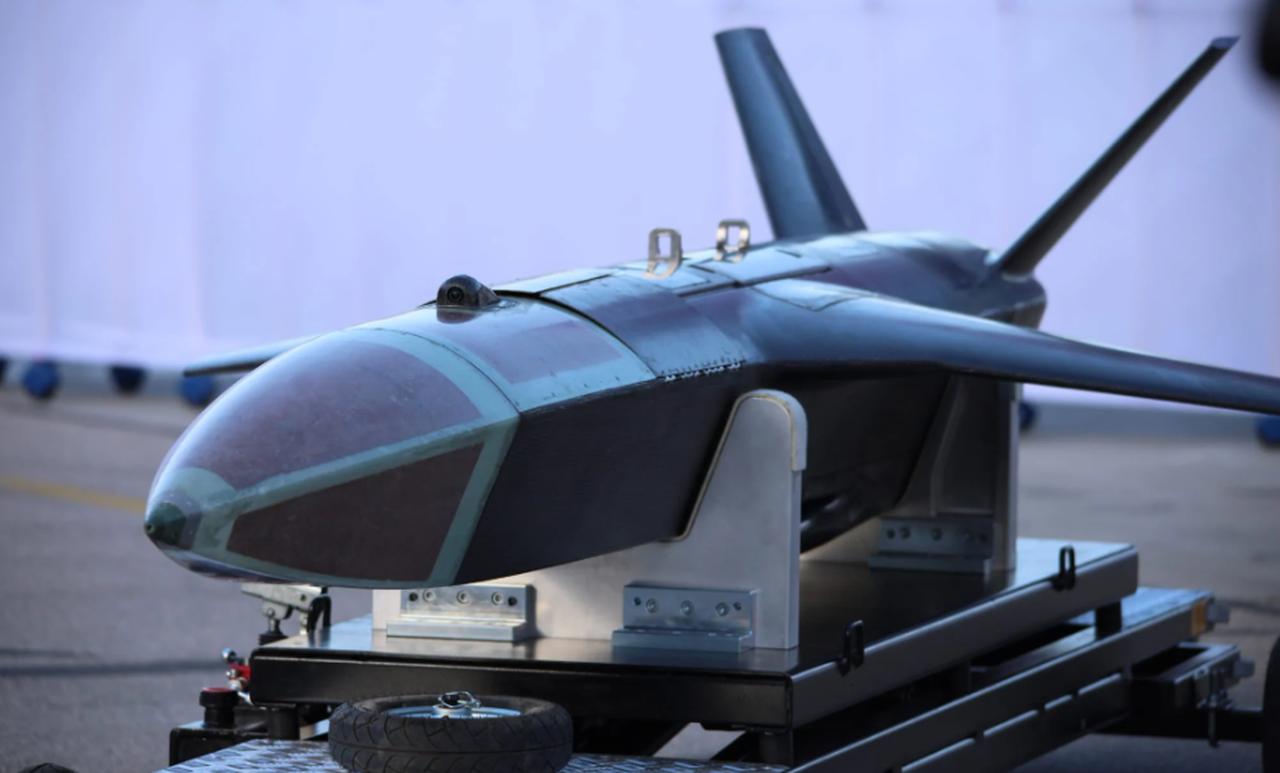
Following the success of Simsek-1, Türkiye launched the Simsek-2 (Lightning-2) project in 2023 as part of its National Space Program.
Spearheaded by Roketsan, the initiative aims to establish Türkiye’s independent satellite launch capabilities without reliance on foreign partners.
Designed with a two-stage liquid-fuel propulsion system, SIMSEK-2 targets high-precision orbital insertion, particularly into Sun-synchronous orbit (SSO).
The project is a joint R&D effort involving the Türkiye Space Agency (TUA), TUBITAK UZAY, and Roketsan.
Unveiled publicly at IDEF 2025, the first prototype attracted attention with its ability to carry satellites weighing up to 1.5 tons.
Simulations have demonstrated target orbits at altitudes exceeding 700 kilometers. A real launch test is scheduled for 2027.
The strategic relevance of Simsek-2 extends beyond defense. By enabling independent access to orbit, Türkiye reduces its reliance on international launch services.
Moreover, the project opens the door for commercial revenue by offering launch capabilities to allied nations, while simultaneously strengthening the domestic satellite ecosystem across both military and civilian domains.
Technical specifications
Future outlook
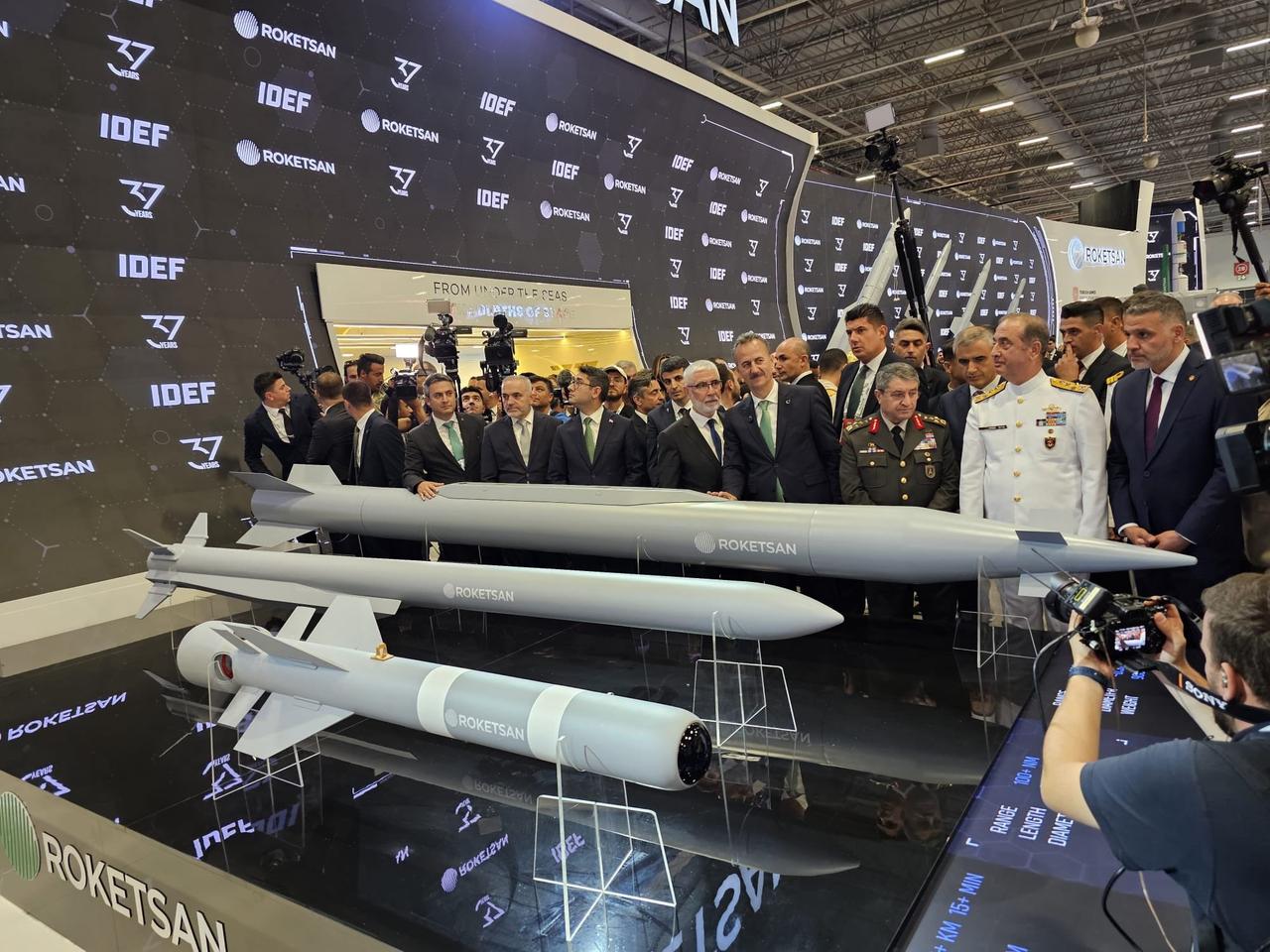
Born out of the operational success of Türkiye’s UAV-122 and UAV-230 systems, the 300 ER project was launched in 2024 to fulfill a growing need for a long-range, high-impact air-launched munition.
Developed by Roketsan, the system was designed specifically for integration with unmanned aerial vehicles (UAVs) and combat aircraft.
Its core architecture combines an aerobalistic body, solid-fuel propulsion, and multi-mode guidance systems.
Drawing on experience in adapting the TRG-300 missile for air platforms, engineers tailored the 300 ER to strike from high altitudes with exceptional reach.
Publicly revealed during IDEF 2025, the missile demonstrated a range exceeding 500 kilometers when launched from 40,000 feet.
Target validation tests confirmed successful strikes on strategic assets, including radar installations, armored vehicles, air defense systems, and command infrastructure.
The weapon system offers air platforms such as F-16s, Akinci UAVs, and fixed-wing aircraft a cruise missile alternative with lower cost and faster response time.
Its extended range allows it to operate beyond the reach of most enemy air defenses, enabling precision strikes deep into contested airspace.
Technical specifications
Future outlook
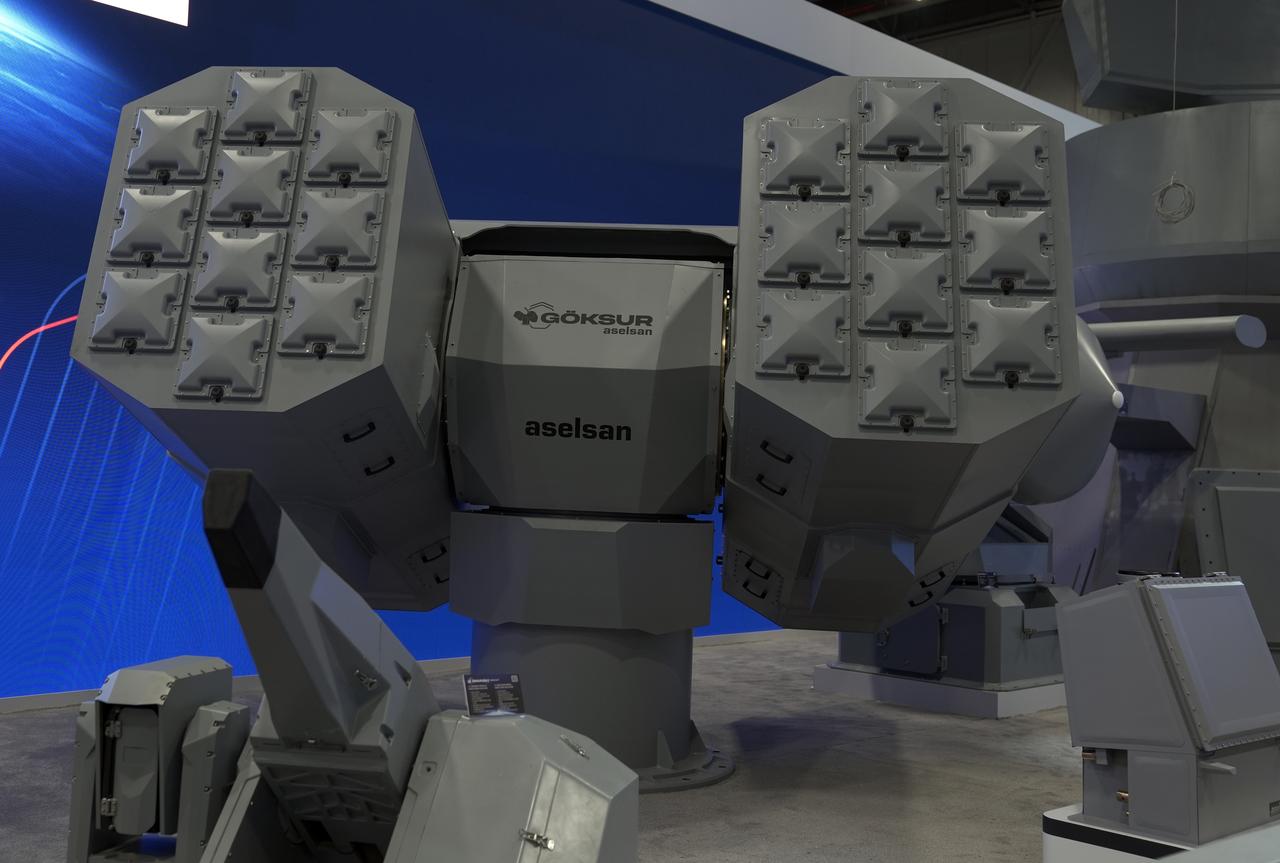
Initiated in 2023 through a joint effort between Aselsan and Tubitak Sage, the Goksur (Skystrike) Vertical Launch System (VLS) aims to equip Türkiye’s navy with an indigenous and modular air defense capability.
Designed as the naval extension of Türkiye’s layered "Steel Dome" air defense architecture, Goksur provides 360-degree protection against a broad range of aerial threats.
The system’s first live-fire test took place on February 16, 2025, from the TCG Beykoz off the coast of Sinop, where it successfully intercepted a target using the Bozdogan (Greyhawk) missile.
This marked the system’s entry into active naval service, confirming its integration with modern combat platforms.
Equipped with an artificial intelligence-supported fire control system and a dual-direction uplink/downlink mid-course guidance link, Goksur demonstrated high engagement accuracy and multi-target interception capabilities during live sea trials.
It is compatible with multiple vessel classes, including frigates, corvettes, and fast attack craft.
The system targets a wide threat spectrum, including anti-ship missiles, cruise missiles, UAVs, helicopters, and fighter aircraft.
Goksur drew strong international attention during the 2024 EURONAVAL expo, positioning Türkiye as a notable contender in naval air defense exports.
Technical specifications
Future outlook
Initiated in 2022 by Aselsan, the Cenk 350-N radar project was designed to fulfill the evolving needs of modern naval platforms, particularly the MILGEM-class vessels.
The system was developed using GaN-based dual-axis AESA (Active Electronically Scanned Array) radar technology, enabling a high-resolution and multi-function radar capability tailored for Türkiye’s expanding naval doctrine.
Unveiled at IDEF 2025 as one of Aselsan's flagship naval systems, Cenk 350-N has been tested for wide-area surveillance, multi-target tracking, and classification in real-time operational environments.
During integration trials with Milgem vessels, it successfully demonstrated the ability to generate a comprehensive maritime picture and detect low radar cross-section targets under complex conditions.
Offering four-dimensional detection capabilities—range, azimuth, elevation, and velocity—the system significantly enhances situational awareness and early warning in both littoral and deep-sea operations.
It consolidates search, tracking, classification and engagement functions into a single solution, reducing system complexity and response time.
Cenk 350-N attracted strong interest from international delegations at IDEF 2025, highlighting Türkiye’s growing role in next-generation radar technologies.
Technical specifications
Future Outlook
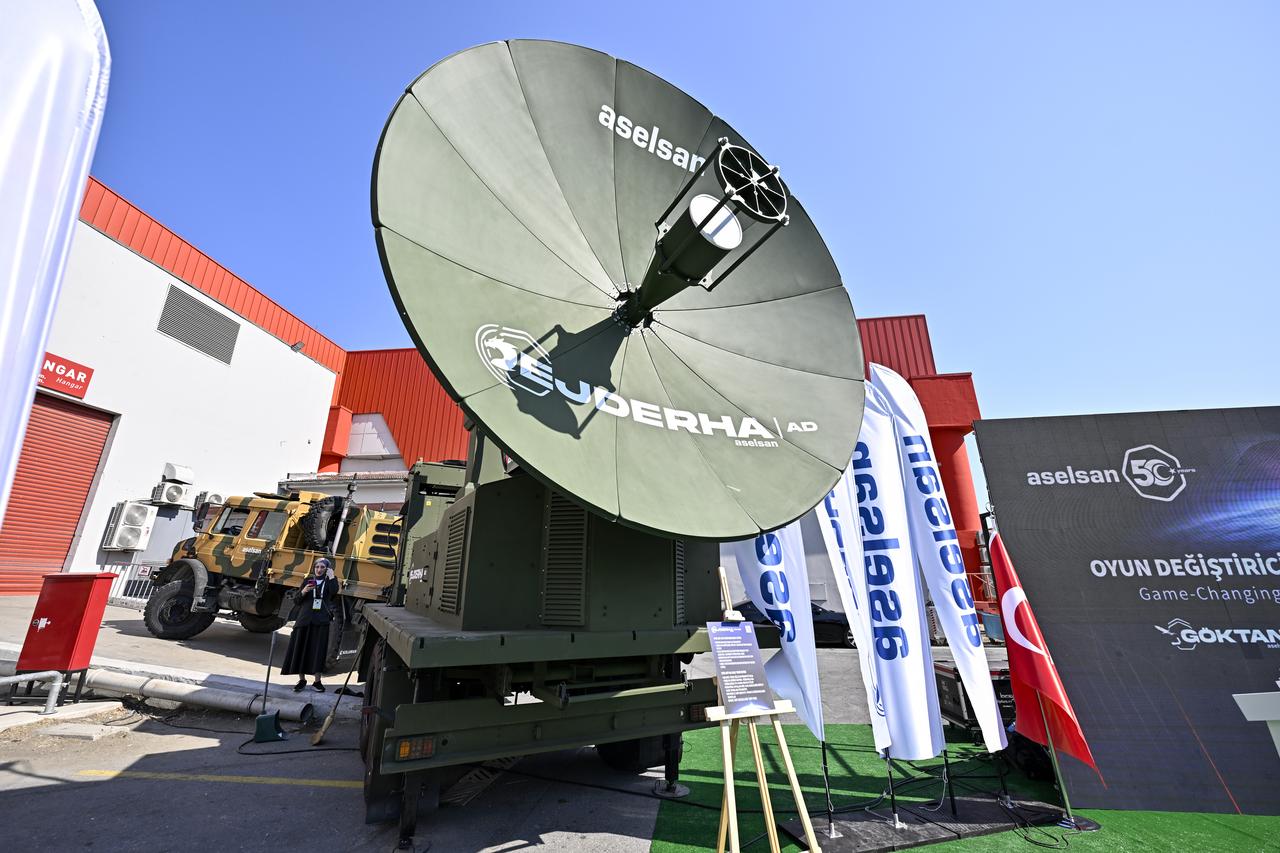
Initiated by Aselsan in 2024, the Ejderha project was designed in response to the escalating threat posed by drone swarms.
Drawing from international developments in the United States and China, Aselsan developed an indigenous system based on high-power microwave (HPM) technology, combining directed antenna arrays and an AI-assisted target analysis module. The name "Ejderha" (Dragon) was selected to symbolize the system’s invisible yet deadly force.
Laboratory tests conducted at Aselsan’s Golbasi facilities involved electromagnetic trials against 20 different UAV models, analyzing the effectiveness of directed energy under various operational conditions.
In live-fire trials at Karapinar, Konya, a formation of 12 drones was neutralized in just under three seconds.
Directional control algorithms were refined to limit microwave exposure to hostile targets only, minimizing collateral effects on friendly systems.
Ejderha plays a critical role in safeguarding high-value facilities such as nuclear plants, radar bases, and command centers.
Its mobile variants are being deployed along border zones to prevent unauthorized UAV incursions.
Fully integrated with Aselsan’s broader electronic warfare architecture, it contributes to a layered defense network, enhancing Türkiye’s resilience against asymmetric aerial threats.
Estimated technical specifications
Future outlook

Launched in 2023 by Aselsan, the T-Link project was designed to provide the Turkish Armed Forces with a secure, high-speed data link for real-time battlefield communication.
The project initially targeted the needs of the Turkish Air Force, with Phase 1 focused on developing core data transmission protocols and encryption systems.
By Phase-2, formalized at IDEF 2025 through a serial production contract with the Presidency of Defence Industries (SSB), T-Link had evolved into a modular, multi-platform solution.
Its integration became a key pillar of Türkiye’s “Celik Kubbe” (Iron Dome) defense architecture, facilitating seamless communication among radars, missile systems, and command centers.
Testing involved both simulation and live-field trials. Simulated runs within Air Force flight environments measured data latency at under 20 milliseconds.
Flight tests between Kaan and F-16 Block-70 aircraft demonstrated real-time sharing of radar feeds and target information.
Cybersecurity testing featured AES-256 encryption, quantum-resistant algorithms, and AI-powered data validation modules.
Strategically, T-Link represents a major step toward a network-centric warfare capability, significantly reducing decision-making time by linking all battlefield assets.
It also reduces dependency on foreign systems such as NATO’s Link-16 by offering a sovereign alternative.
Compatible across land, air, and naval platforms, T-Link supports diverse operational scenarios.

Technical specifications
Future outlook